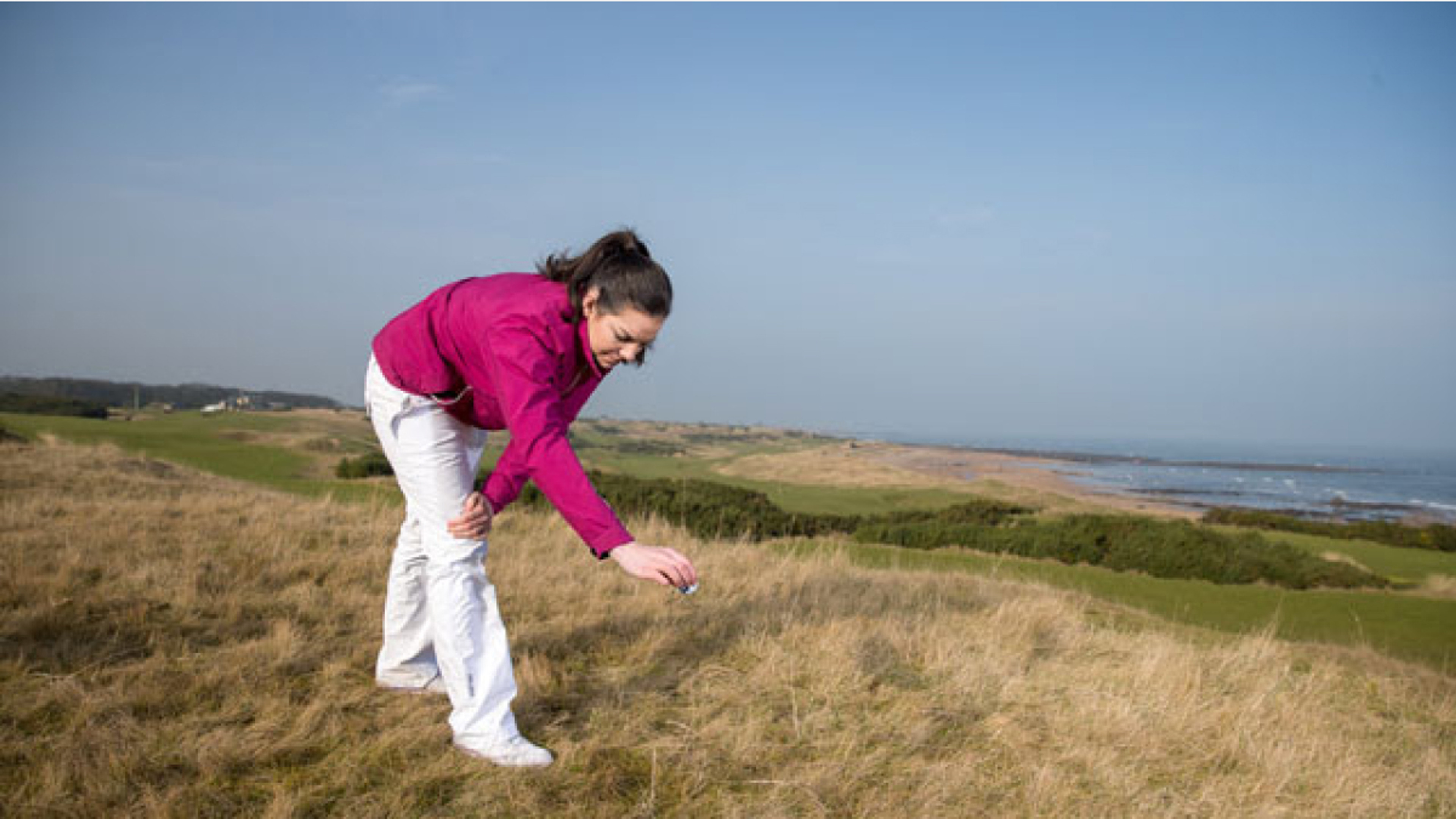Your ball lies deep in trouble. It’s in the kind of place golf balls go to die. You’re half thinking about attempting to hack it out but common sense prevails: it’s time to take a penalty drop.
If you’re a beginner golfer, there are a few rules you need to know to get your ball back in play after finding the bush, water hazard or out of bounds area. Let’s walk you through how to take a penalty drop in golf — the right way.
1. DON’T LET ANYONE ELSE DROP THE BALL
The only person permitted to carry out a penalty drop is you. Not even your caddie can step in and do it for you. Therefore, the onus is on you to understand how to perform a penalty drop correctly to get your ball back in play. However, there is one exception… if you’re playing in a team event your partner can perform the drop for you.
2. THE RELIEF AREA
You’ll need to mark out your relief area before taking a drop. It’s usually two clublengths from where your ball lies in trouble or where it entered a hazard (it's one clublength if taking a free drop from a sprinkler head, cart path etc). Use the longest club in your bag, which is usually the driver, to measure the area and mark it with a tee before proceeding with your drop.
3. THE HEIGHT YOU KNEE-D TO KNOW
To perform a correct penalty drop, the ball must be released from your knee height if you were in a standing position. That doesn’t necessarily mean you need to be standing while taking the drop. You can drop it however you like: stand, sit, crouch or lie down. It doesn’t matter. What does matter, however, it that the ball must be dropped from the height of your knee if you were standing up straight (see image below).
